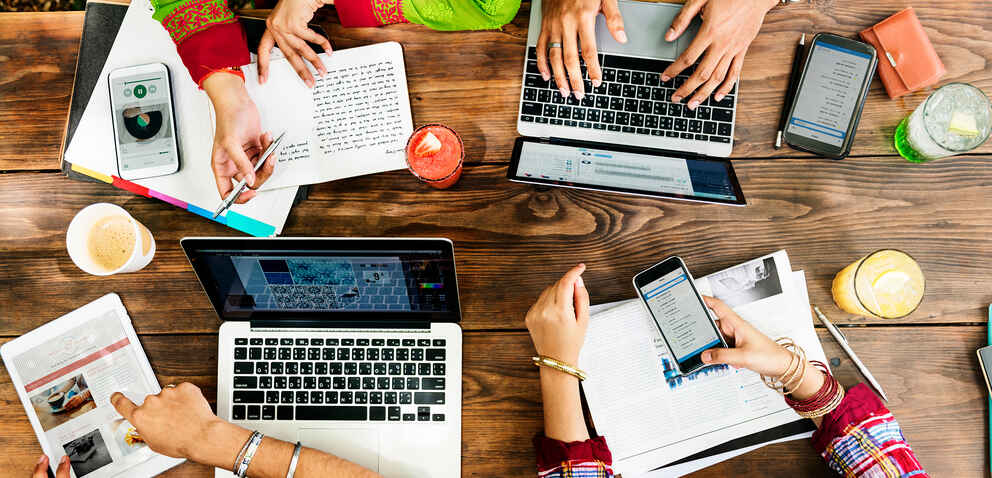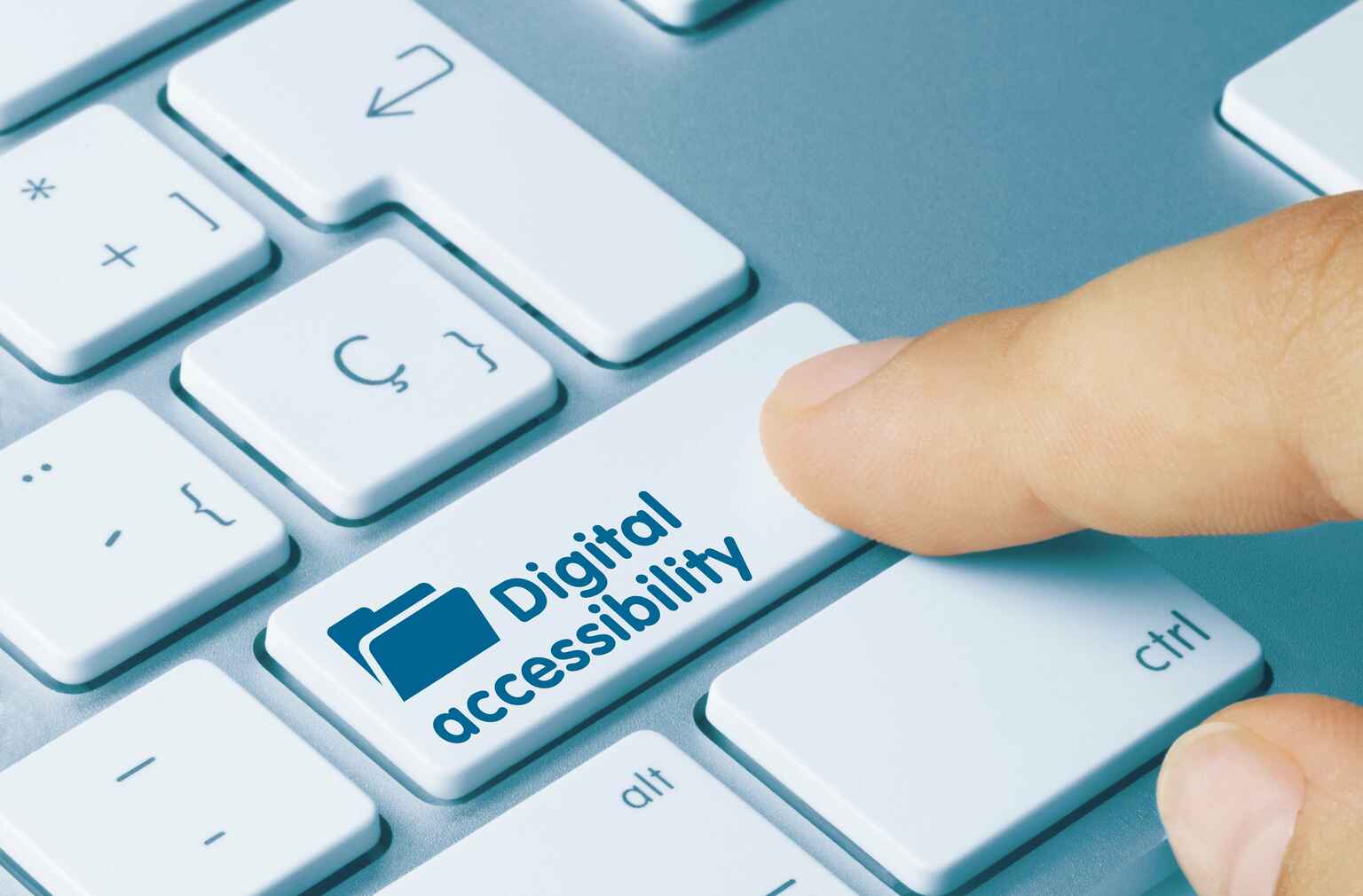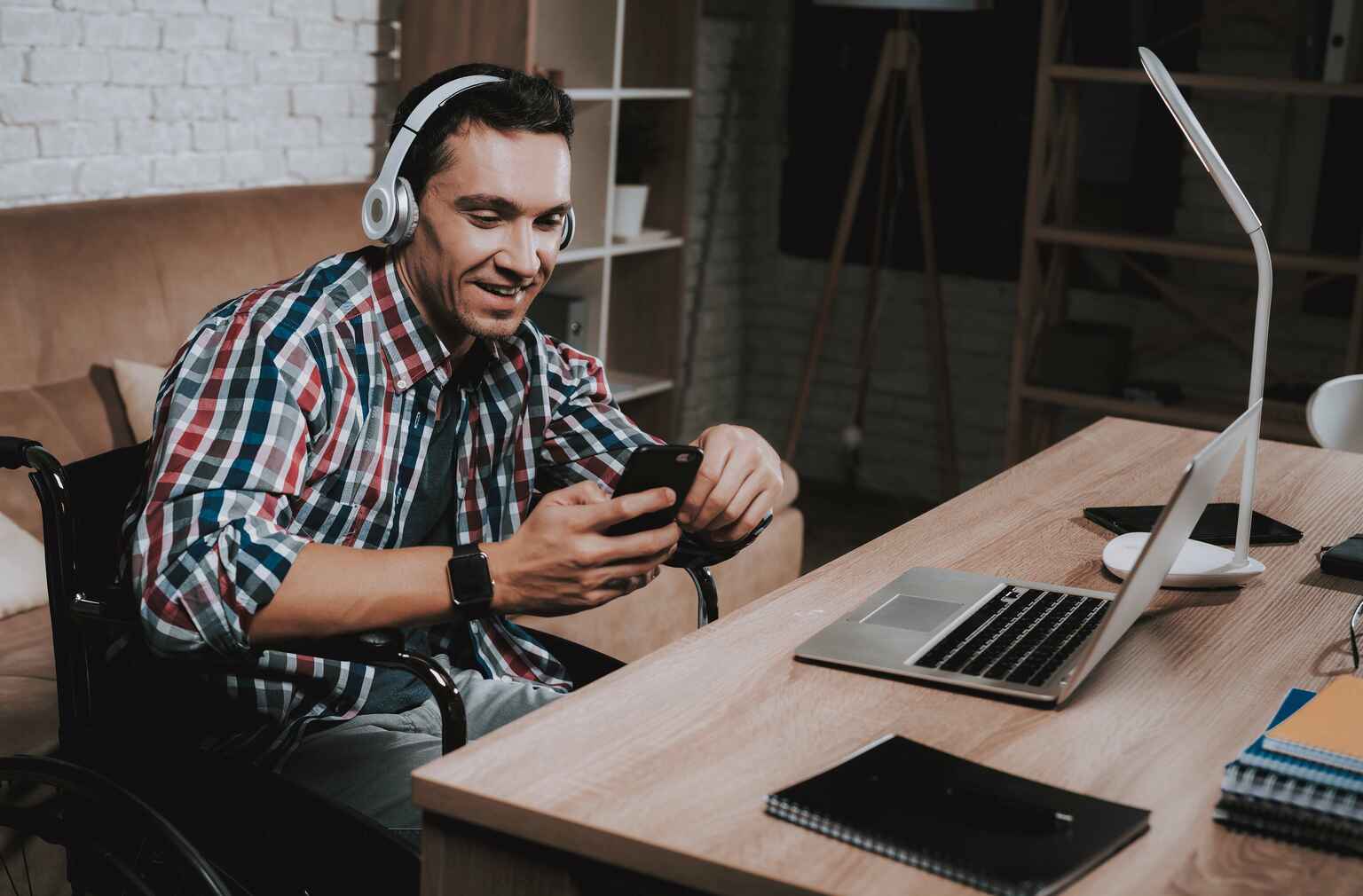Universal Design for Learning (UDL) is an educational framework based in brain science that supports all learners, including learners with disabilities. It leverages our understanding of the neural networks involved in learning, to design inclusive and supportive learning environments and lessen common barriers to learning.
UDL at a glance
UDL scholars argue that each learner has a unique learning profile, shaped by their learning environment, life experiences, background knowledge, social support, study skills and physical, mental and emotional abilities, among other factors. This diversity of learner profiles is often described as learner variability (Fornauf et al., 2020; Meyer et al., 2014; Meyer et al., 2002).
As an instructor, you might find learner variability confusing or overwhelming. UDL strategies can help you proactively design for the widest number of learners as possible. Think of it like a dinner party: A traditional dinner might involve everyone partaking in the same dish, for example, spaghetti bolognese. Although this dish is delicious, it might not suit the palates or dietary needs of every guest. On the other hand, a pasta bar that allows guests to build their own dishes from a selection of pasta types, toppings and sauces is more likely to successfully meet everyone’s preferences and needs. Much like a pasta bar, UDL strategies enable instructors to design learning environments in which most students are supported in achieving the learning outcomes.
If we design a classroom activity for one mind (maybe a mind much like our own), then only a few students will be able to do this thinking (students most like us); if we design a classroom activity for a broad range of minds, then all students will have a genuine opportunity to learn and to create new knowledge. (Dolmage, 2017, 124)
Benefits
- Online learning environments assume learners to be more isolated than in-person ones, due to the absence of the immediate feedback afforded by face-to-face environments. This can be especially challenging for students with disabilities that interfere with executive functioning skills, such as ADHD, autism, anxiety, etc. (Agaloos & Gutierrez, n.d.). UDL strategies support students to become more independent in their learning.
- UDL strategies are beneficial for learners with disabilities, and they significantly reduce barriers to learning for all students.
- Minimizing threats and distractions (consideration 7.3) with clear instructions, consistent course design and predictable due dates is useful for neurodivergent students but also supports students who are new to online learning as well as those who might struggle to balance the demands of course work against other professional and personal responsibilities.
- Offering alternatives for auditory information (consideration 1.2), such as closed captions for videos, is crucial for learners with hearing impairments. It also benefits less proficient English speakers.
Challenges
Incorporating UDL into your course may require an investment of your time. However, intentionally designing for learner variability upfront can reduce the need for individual accommodations or on-the-fly adjustments throughout the semester, reducing some of your own stressors.
How to start: UDL strategies
Let’s look at how to design learning experiences based on the three principles of UDL.
Multiple means of representation
This supports the recognition networks — the what of learning — and entails providing students with choices on how to access course content. Moreover, you must ensure all materials are digitally accessible (to the senses) and understandable (in terms of comprehension).
Some practical strategies involve:
- Presenting content through more than one medium; for example, providing a transcript to accompany a video or audio recording or an infographic to illustrate a concept that is also described with text.
- Ensuring content is accessible for students with disabilities, such as adding alternative text to images, providing closed captioning for recorded videos and enabling live transcription during Zoom sessions.
- Helping learners process content and make connections between concepts or parts by highlighting important ideas through language, visual organizers or outlines.
Multiple means of engagement
This supports the affective networks — the why of learning — to foster longer-lasting motivation. You want to make the learning experience meaningful by incorporating choice in the learning path and tapping into students’ beliefs and values.
Some practical strategies include:
- Involving students in designing a grading rubric for a graded assessment.
- Allowing students to select a presentation topic in line with learning goals.
- Providing students a choice of whether to work on their own, in pairs or in small groups for a project (and selecting guidelines for group work).
Multiple means of action and expression
Allowing students to communicate and demonstrate their mastery and understanding through multiple means supports the strategic networks — the how of learning.
Some practical strategies involve:
- Allowing multiple formats for submitting an assignment, as long as the format is not tied to a learning objective. For example, an analysis of existentialism could be submitted as a written essay or a video commentary, as long as the associated learning objective emphasizes contemplation rather than structured writing.
- Incorporating opportunities for reflection on their own performance and planning their own learning, with your feedback.
The underlying goal is to support students in growing from novice learners to expert learners who are self-sufficient, motivated, knowledgeable, resourceful, strategic and goal-directed.
Where to start: The plus-one approach
The UDL framework doesn’t have to be implemented in its entirety, all at once, to be effective. For example, when it comes to providing multiple assessment options, students have reported that two options are enough (O'Neill, 2011, as cited in O'Neill, 2022, 201).
Your approach to implementing UDL in your teaching might depend on whether you are adopting it within an existing course or designing a course from scratch.
Adopting UDL in an existing course
CAST recommends a mix-and-match approach to incorporating UDL in an existing course. Start by identifying a specific, challenging learning goal, then select one or two UDL strategies from relevant checkpoints to lower barriers toward this goal.
Thomas Tobin and Kirstin Behling (2018, 134) recommend a plus-one approach: Identify a “pinch point” in your course and provide just one additional option for students to engage with this problem area.
Before you start, take a moment to reflect: Are you already doing UDL without realizing it? Try the AHEAD UDL Scoring tool.
Thomas Tobin’s plus-one approach to UDL
- Identify your pinch point.
- Where do students often have questions or need more explanation? Where do they frequently get things wrong? That is your pinch point.
- Analyze your pinch point.
- Are your materials all in the same format? In assessments, are learners restricted to one submission format? Are there options for learners to engage with the content?
- Address your pinch point.
- Can you add just one more option for students to access or engage with the learning material or to demonstrate mastery? For example, if learners are often confused by your text-based, final project instructions, can you create a short video explaining the assessment, or provide a visual organizer to guide them through the steps?
UDL starting from scratch
UDL on Campus reminds us that the design process begins and ends with reflecting on the needs and desired outcomes of your learners, then selecting one specific checkpoint or strategy to address each of those needs (UDL On Campus: Getting Started, n.d.).
Tobin’s plus-one approach can be applied at the course level when creating a new course. Instead of focusing on one single pinch point, consider how you can incorporate UDL strategies in your syllabus, course logistics, goals and outcomes, use of technology and multimedia, and assessments. For example, can you add another means for students to contact you or for them to demonstrate mastery of the course goals? (Tobin & Behling, 2018, 243).
References
Agaloos, J., & Gutierrez, R. (n.d.). UDL On Campus: Executive Functioning in Online Environments. UDL On Campus. Retrieved November 20, 2023, from http://udloncampus.cast.org/page/teach_executive
Boothe, K. A., Lohmann, M. J., Donnell, K. A., & Hall, D. D. (n.d.). Applying the Principles of Universal Design for Learning (UDL) in the College Classroom. The Journal of Special Education Apprenticeship, 7(3), 1-13.
CAST. (n.d.) About Universal Design for Learning.
Boysen, G. A. (2021, June 24). Lessons (Not) Learned: The Troubling Similarities Between Learning Styles and Universal Design for Learning. Scholarship of Teaching and Learning in Psychology. http://dx.doi.org/10.1037/stl0000280
Dolmage, J. (2017). Academic Ableism: Disability and Higher Education. University of Michigan Press.
Fornauf, B. S., & Erickson, J. D. (2020). Toward an Inclusive Pedagogy Through Universal Design for Learning in Higher Education: A Review of the Literature. Journal of Postsecondary Education and Disability, 33(2), 183-199. https://eric.ed.gov/?q=UDL&pr=on&ft=on&id=EJ1273677
Furey, W. (2020, April 7). The Stubborn Myth of “Learning Styles”. Education Next, 20(3), 8-12. https://www.educationnext.org/stubborn-myth-learning-styles-state-teach…
Illustrative Example of a UDL Instructional Planning Process for a 4th Grade Integrated CS and Math Project. (n.d.). Creative Technology Research Lab. Retrieved November 14, 2023, from https://ctrl.education.illinois.edu/TACTICal/udl/planning-process-example.html
O'Neill, G. (2011). A Practitioner’s Guide to Choice of Assessment Methods within a Module. Dublin: UCD Teaching and Learning. http://www.ucd.ie/teaching/resources/assessment/howdoyouassessstudentlearning/
O'Neill, G. (2022). STUDENT CHOICE OF ASSESSMENT METHODS. In R. Ajjawi, J. Tai, D. Boud, & T. Jorre de St Jorre (Eds.), Assessment for Inclusion in Higher Education: Promoting Equity and Social Justice in Assessment (pp. 200-210). Taylor & Francis Group. https://www.taylorfrancis.com/books/9781003293101
Rose, D. H., Harbour, W. S., Johnston, C. S., & Abarbanell, L. (2006). Universal Design for Learning in Postsecondary Education: Reflections on Principles and their Application. Journal of Postsecondary Education and Disability, 19(2), 135-151.
Ryan, R. M., & Deci, E. L. (2017). Self-Determination Theory: Basic Psychological Needs in Motivation, Development, and Wellness. Guilford Publications.
Tobin, T. J., & Behling, K. T. (2018). Reach Everyone, Teach Everyone: Universal Design for Learning in Higher Education. West Virginia University Press.
UDL. (n.d.). The UDL Guidelines. Retrieved November 7, 2023, from https://udlguidelines.cast.org/more/frequently-asked-questions#tools
UDL in the Instructional Planning Process. (2011). Learning Designed. Retrieved November 14, 2023, from https://www.learningdesigned.org/resource/udl-instructional-planning-pr…
UDL On Campus: Getting Started. (n.d.). UDL On Campus. Retrieved November 20, 2023, from http://udloncampus.cast.org/page/udl_gettingstarted






